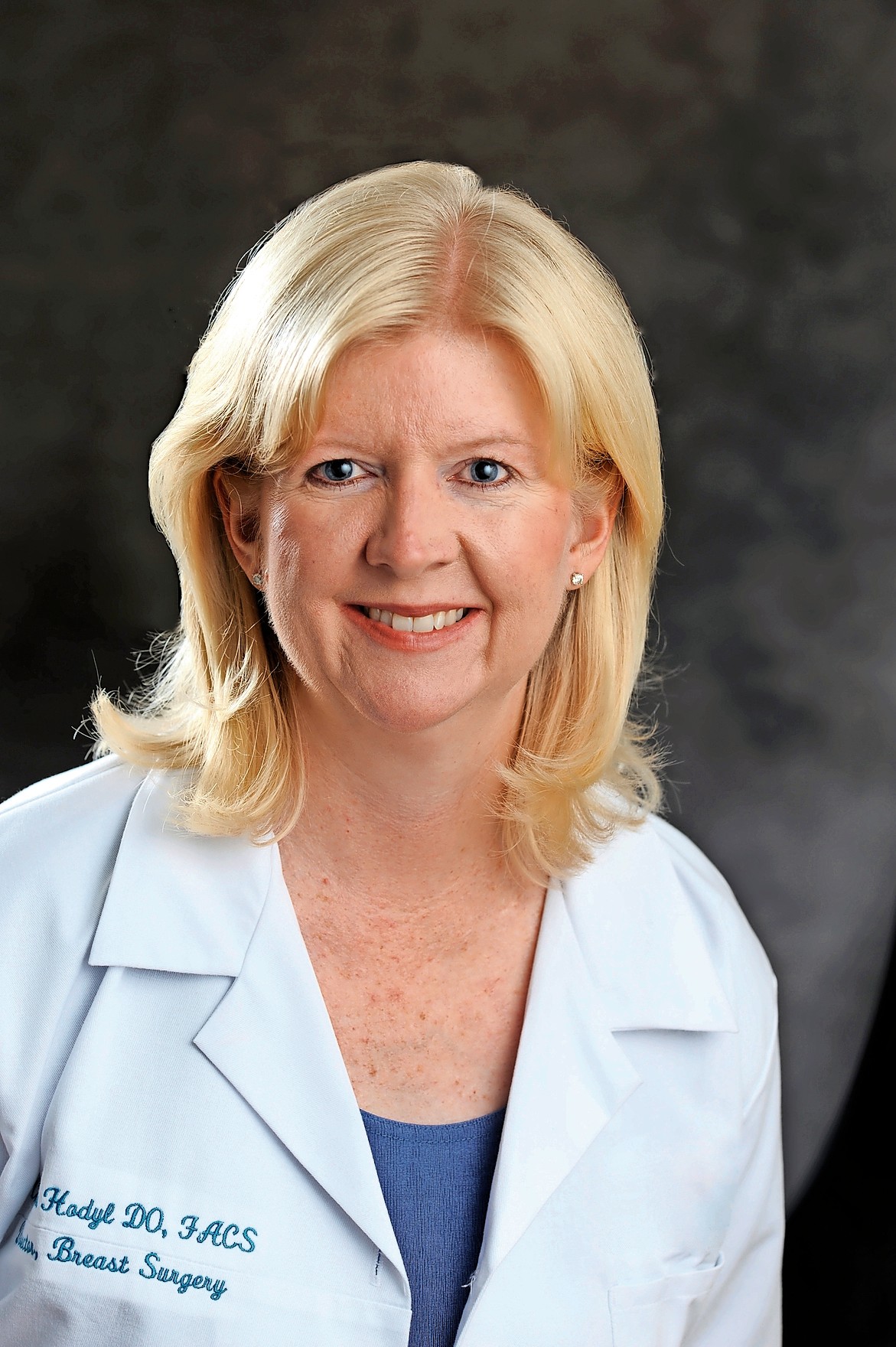New mammogram guidelines cause confusion
Changes in recommended guidelines on when and how often women should have mammograms have both doctors and patients confused.
The U. S. Preventative Services Task Force, a panel of experts appointed by the federal government published its final recommendations on mammograms as a cancer-screening tool in this year. The USPSTF said women at the ages of 50 to 74 should have a mammogram every other year. A decision to start screening at an earlier age was left to the individual patient and her doctor. The USPSTF recommended against teaching breast self-examination. Government health insurance policies use the task force recommendations as guidelines to determine what preventative women’s services to cover.
The American College of Obstetricians and Gynecologists (ACOG) recommend mammograms begin at 40 years of age, and still advocates for breast self-exams.
Until last fall the American Cancer Society (ACS) said women should start both regular breast exams and mammograms at age 40. The ACS recommendations differ from the guidelines of the USPSTF. Now the ACS says most women can begin breast cancer screenings with a first mammogram at age 45, have them yearly until age 55, and biannually thereafter. In addition the ACS now says clinical breast exams are not recommended for average risk women of any age.
The changes in recommendations reflect concerns that mammograms may cause potential harm. The USPSTF says the most harm comes from repeated exposure to radiation, anxiety caused by false positive tests and resulting unnecessary treatments. A 2012 study published in the New England Journal of Medicine that found that as many as a third of cancers detected through routine mammograms may not be life threatening.
Dr. Christine Hodyl, director of South Nassau Communities Hospital Breast Services, agrees there may be more false positives, but she says that could be because there are, over a lifetime, more tests if the mammograms begin at a younger age.






